World 🢖 South America 🢖 Chile
Cities and towns 🢔 Settlements 🢔 Architectural wonders 🢔 Categories of wonders
Wonder
Valparaiso historic centre
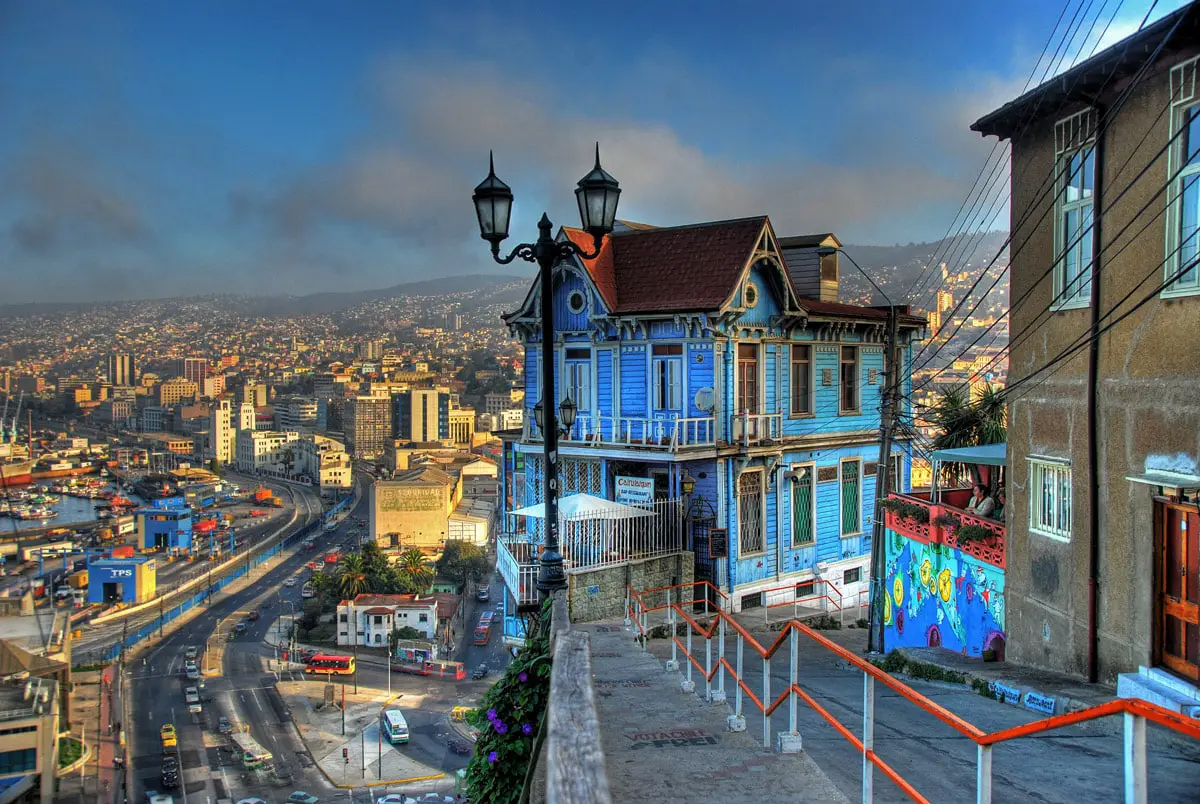
 In short
In short
Valparaíso is a city with its own style. Incredibly steep streets on the hillsides are lined with buildings in gaudy colors and in many places still are working weird technical devices – funiculars with dilapidated vagons. From most places in the city opens a fine view towards the immense Pacific ocean.
 51.4%
51.4%
GPS coordinates
Location, address
Founded
Period of flourishing
Area
UNESCO World Heritage status
Map of the site
If you see this after your page is loaded completely, leafletJS files are missing.
 In detail
In detail
This city was booming in the late 19th and early 20th centuries. But – as the Panama Channel was opened in 1914, the fortunes changed and the development of Valparaiso slowed down. The historical architecture with all the funiculars and steep streets was conserved in time like a fly in amber.
Rise of the metropolis
First European, who reached the site of the future city, was Juan de Saavedra in 1536. Valparaiso was established by Pedro de Valdivia in 1544 and for a long time remained a silent village.
The peculiar urban network of Valparaiso started to develop after a disastrous earthquake in 1730 – the survivors now moved away from the small, dangerous seaside plains and built their new houses on the hillsides.
The importance of Valparaiso increased when Chile became independent in 1810. The city became the main port of the new country and helped to develop an independent economy – the port of Valparaiso secured trade with the United States and other Pacific countries, making Chile less independent from Spain.
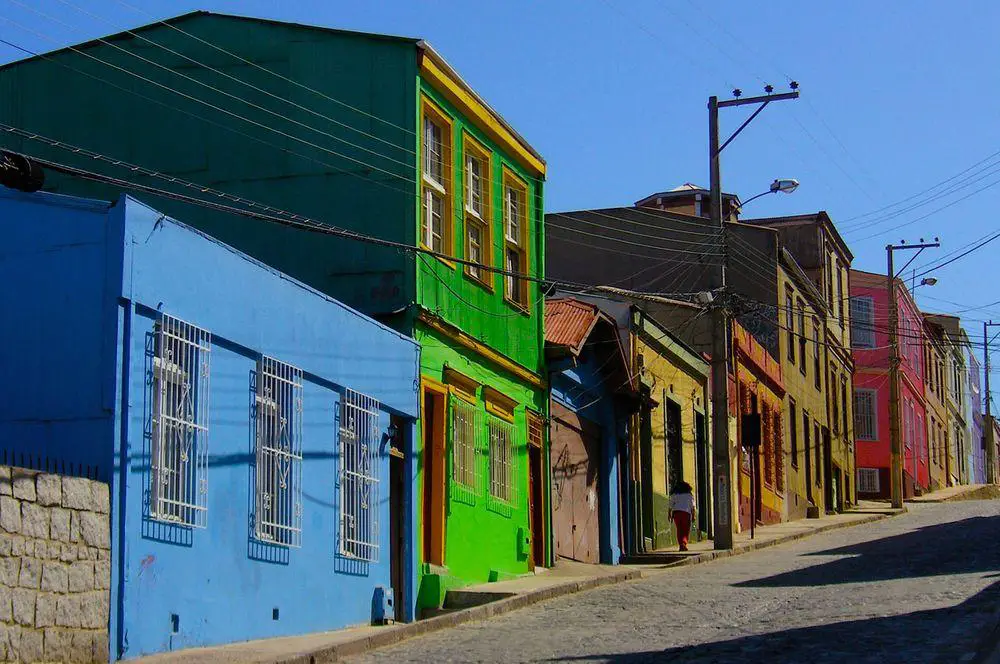
The successful economy of Chile attracted numerous immigrants from Europe and the United States. Thus in the middle of the 19th century Valparaíso became a cosmopolitan metropolis. Unfortunately most of newcomers did not have much luck here and ended up living in favelas – shanty towns.
Nevertheless successful development of city continued and economy was diversified. Valparaíso was not only a port city. In the region around the city developed agriculture and mining (including the mining of the unique resources of salpetre) and more and more industries were built. In 1852 there started a development of a railway system. In the city appeared warehouse districts, banks, diplomatic missions and representatives of foreign companies.
In 1906 the city experienced a devastating earthquake again. This time Valparaíso was full with vigour and ambitious rebuilding was started, now modernizing the city. By this time Valparaiso was the main economical centre of Chile.
Decadence
What could not do the arcane powers of nature, was done by the deed of human thousands of kilometres from Valparaíso. In 1914 there opened the Panama Channel and Valparaíso immediately was thrown from a limelight to the backwater of global economy. Santiago took over the incentive and became the main political and economical centre of Chile.
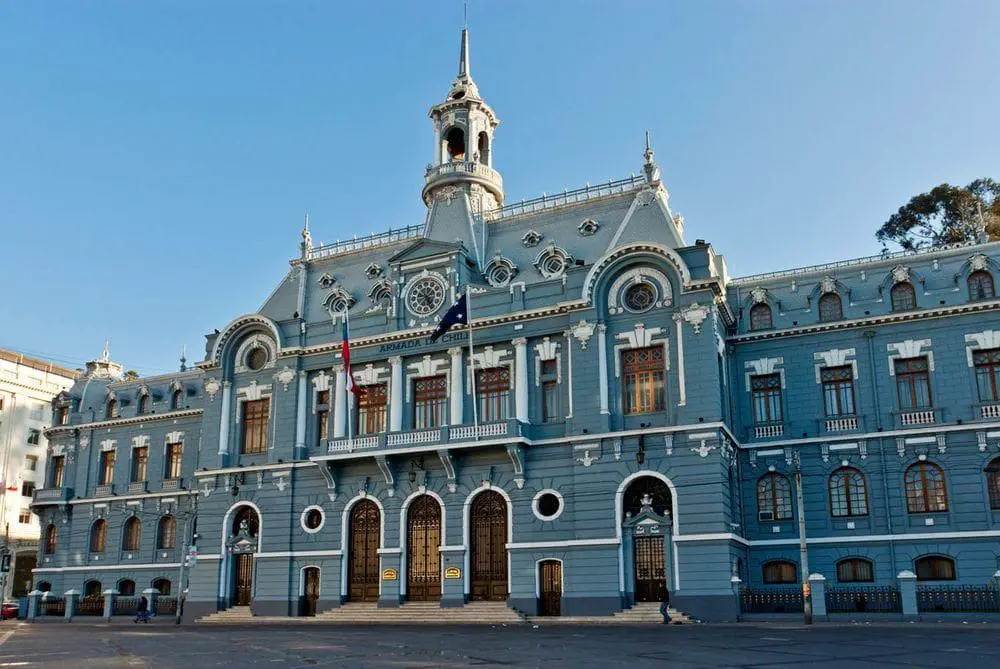
Slower development of Valparaiso continued – but the weak economics left the city center unchanged for long decades. Yes, this is the harsh truth – the value of well preserved historical towns often comes through decades and centuries of misery and poverty.
The historical values of Valparaíso have been preserved very well. Many houses, streets, and also – funiculars – still are here, mostly intact – but also dilapidated. The fortunes though have changed again and now the economy in the city improves.
Neighborhoods in the hills
Valparaíso has numerous diverse neighborhoods with distinct architecture and planning traditions.
Down, in the plains between the hills and the ocean are located quarters with the late 19th century buildings – ornate and rather typical for this period in European cities. Central features here are Plaza Echaurren and La Matríz Church, constructed in 1842 (the first church was built here in 1658). The construction of this church marked the moment when Valparaíso turned into a city. This church has been rebuilt four times after the earthquakes and attacks of pirates.
Like an enormous amphitheater above the plains rise steep hills, all densely covered with buildings. Each hill has got a different neighborhood. Some of these neighborhoods developed as ethnic enclaves – thus Cerro Alegre and Cerro Concepción were constructed mainly by the German and English immigrants.
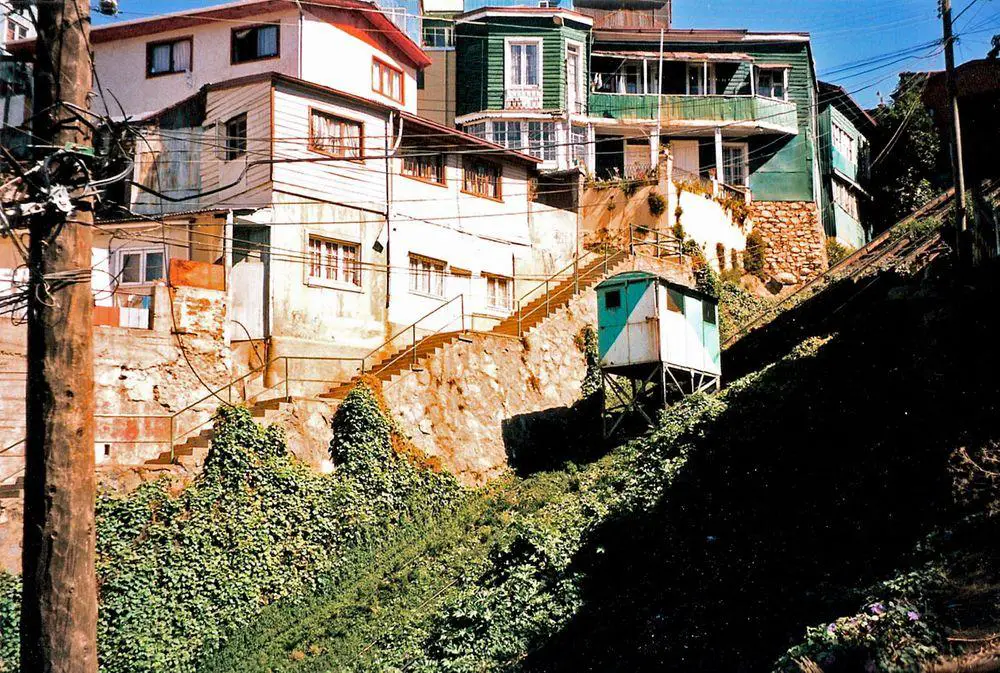
Specialty of Valparaiso – funiculars – elevators
Amazing feature of Valparaiso is the system of funiculars ("ascensores" or elevators) – a unique monument of industrial heritage. Elevators of Valparaíso represent simple vagons mounted on a triangular platform with wheels. These vagons are dragged up and down a very steep slope with a cable. There is a system of two vagons – when one goes down, another moves upwards.
Vagons are made of wood and metal, they are very simple, rustic. Gauge of the track is 1600 mm.
The oldest "ascensor" – Concepción Elevator – was inaugurated in 1883 – ten years after the first such device was introduced in San Francisco.
In total in the city existed up to 26 – 30 funiculars, built in 1883 – 1932. There is no other city in the world with such a high number of funiculars. Nowadays some 4 – 12 funiculars still are operational. Some of the most spectacular are Polanco Funicular and Artillería Funicular.
References
- Sector of the Historical Area of
Valparaíso, Advisory Body Evaluation for the inclusion in the UNESCO World Heritage List. Accessed on 07.02.2012.
 Linked articles
Linked articles
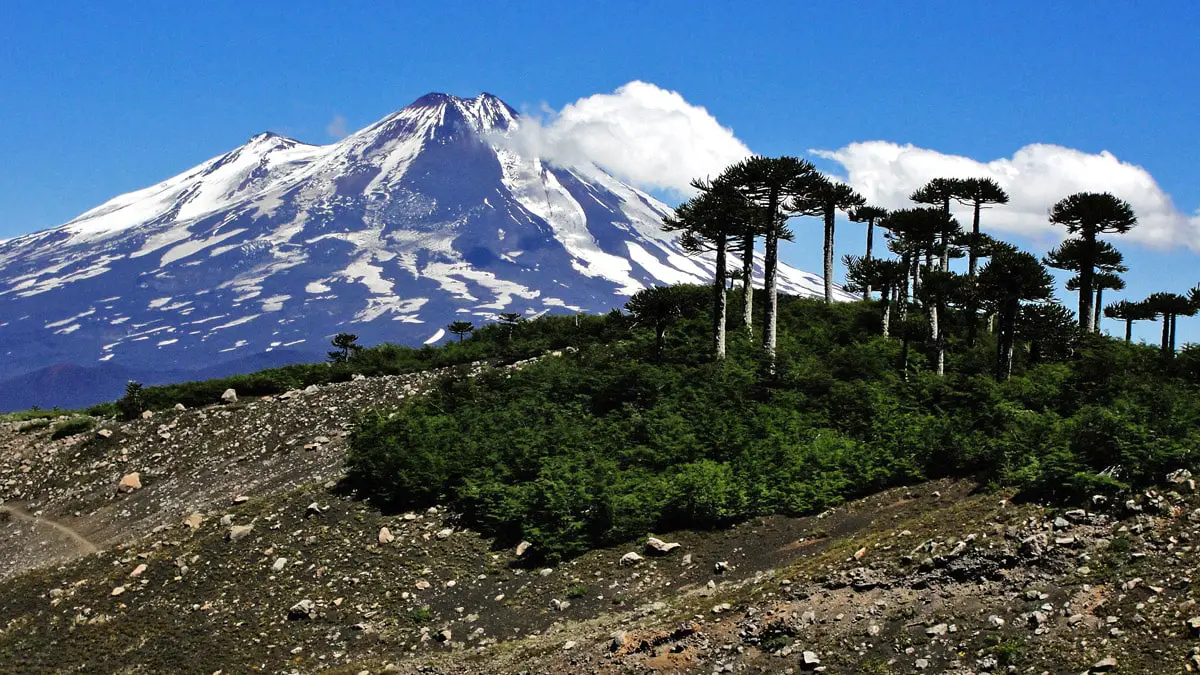
Wonders of Chile
The natural and man-made heritage of Chile is very diverse, also thanks due to the extreme length of the country extending from the driest deserts in the north to the most southern historical inhabited lands of the world in Patagonia. Highlights of Chile are magnificent views of Patagonian Andes and fjords, the volcanic landscape of Northern and Central Chile, and the driest desert of the world – the Atacama.
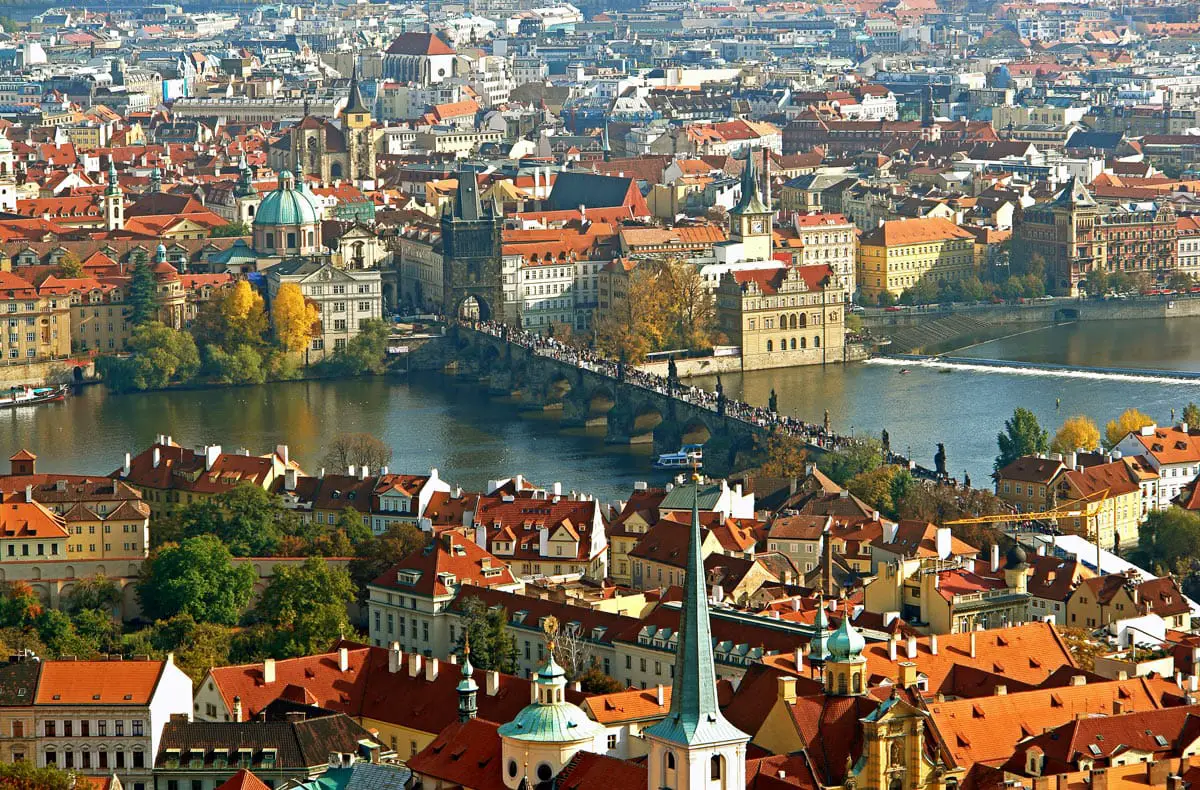
Cities and towns
Many of the most popular and exciting landmarks in the world are cities and towns. Millions of tourists are attracted to such cities as Venice, Florence, Prague, and Jerusalem. They never fail to impress and one will always find something new and unexpected here.
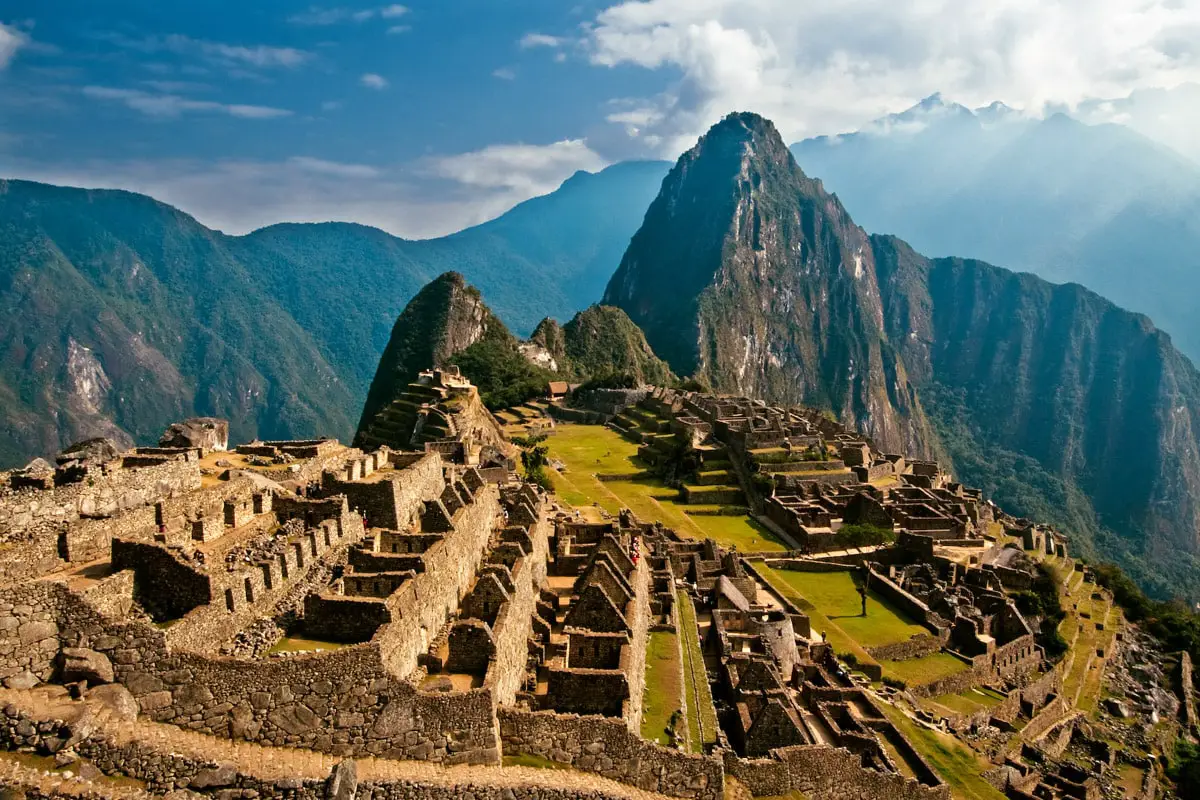
Wonders of South America
There is little doubt – South America is one of the most spectacular… maybe the most spectacular continent of the world.
There is located the second-highest mountain chain in the world, the largest rainforest, the tallest volcanoes, and the tallest and largest waterfalls. The highest biological diversity in the world is reached somewhere near the eastern ranges of the Andes in Ecuador, Peru, or Colombia.
 Recommended books
Recommended books
Valparaiso: Looking Back, Moving Forward
In Valparaiso, Indiana: Looking Back, Moving Forward author Lanette Mullins chronicles the history and development of the city, with its small-town charm, in over 200 vintage images. The book features photographs of the historic homes that grace the city streets, the famous individuals who walked them, the influential history of Valparaiso University, and the cultural institutions throughout the city.
Discover the Secret Soul of Chile: Valparaiso and Santiago
Written for tourists who have just a few days in Valparaiso and Santiago and want key information to make their trip memorable and seamless.


